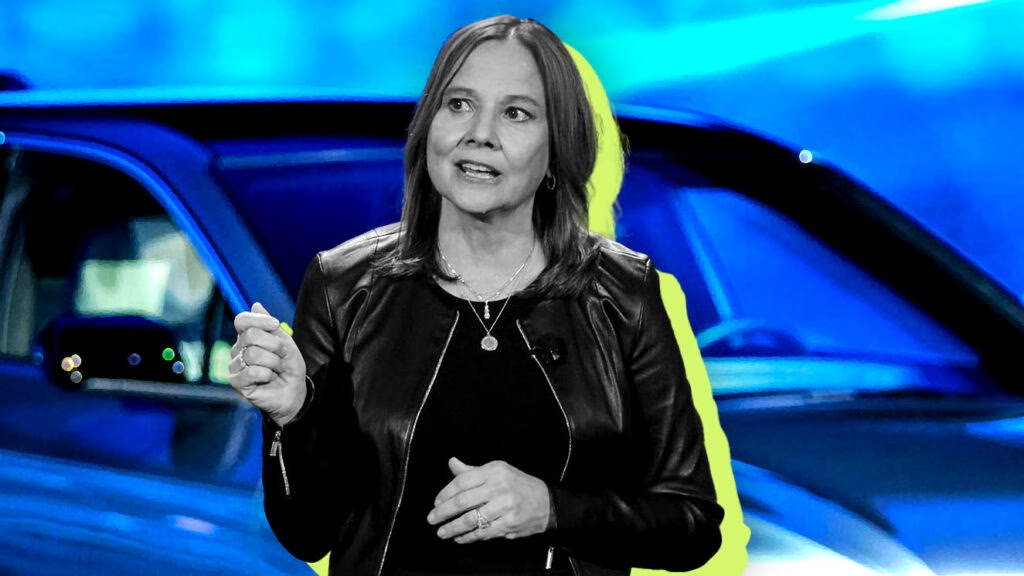How Much Did Mary Barra Really Cash Out in GM Stock, and Why Now?
When news broke that Mary Barra, CEO of General Motors, sold off about 40 percent of her personal GM stock and options—worth a staggering $35.4 million—plenty of folks did a double take. That’s not pocket change, even in the rarefied air of Fortune 500 boardrooms. So what’s behind this headline-grabbing move, and what does it say about how top executives get paid in today’s auto industry?
Let’s break down the numbers first. Barra offloaded 297,000 shares at an average of $58.24 each, netting about $17.3 million. She also exercised and sold 235,000 stock options at a $39 strike price, bringing in another $4.5 million. On top of that, 375,024 options exercised at $35.49 per share added $8.5 million to the tally, and she sold 87,839 shares from an annuity trust for $5.1 million. All told, it’s a complex web of transactions that’s pretty standard for someone at her level—but the scale is eye-popping.
Why Is Most of Barra’s Compensation Tied to Performance?
It’s easy to see these numbers and assume CEOs are just cashing in, but there’s more to the story. According to GM, a whopping 92 percent of Barra’s pay is contingent on company performance. In 2024 alone, 76 percent of her total compensation came from stock and performance-based awards. Her base salary? It’s been steady at $2.1 million since 2017, which, while substantial, is a fraction of her total package.
This structure isn’t unique to GM. Across the S&P 500, executive compensation has shifted heavily toward performance-based pay. The logic is simple: tie the fortunes of the company’s leaders to the fortunes of the company itself. If GM thrives, so does Barra. If it stumbles, her compensation takes a hit. According to a 2023 report from Equilar, the average S&P 500 CEO received about 85 percent of their pay in the form of equity or performance incentives, a trend that’s only grown in the past decade.
How Are These Stock Sales Actually Managed?
One detail that often gets missed in the headlines: Barra didn’t just wake up one morning and decide to dump millions in stock. GM uses an algorithmic trading plan—known as a 10b5-1 plan—to automatically sell shares when they hit predetermined prices. This isn’t just for convenience; it’s a safeguard against insider trading accusations. If an executive knows something the public doesn’t, these pre-set plans help ensure their trades aren’t based on non-public information.
This kind of automated selling is increasingly common among top executives, especially in industries where news can move markets overnight. It’s a way to balance transparency, fairness, and the reality that executives often receive much of their compensation in stock.
What’s Behind the Recent Pay Raise for GM’s CEO?
In June, GM’s board approved a 7.7 percent bump in Barra’s short- and long-term compensation. The rationale? Keeping pay “commensurate with our strategy to reward and motivate performance and to offer market-competitive compensation,” according to the company. In other words, GM wants to make sure its top talent isn’t tempted away by rivals—especially as the auto industry faces a historic transformation toward electric vehicles and new mobility services.
This move comes at a time when executive pay is under more scrutiny than ever. In 2023, Barra’s compensation was 310 times that of the average GM worker, a figure that’s sparked plenty of debate. But GM’s board argues that the company’s recent performance—record profits, aggressive EV investments, and a strong stock price—justifies the pay package.
How Does Barra’s Compensation Stack Up in the Industry?
Barra’s $29.5 million total compensation last year puts her among the highest-paid automotive CEOs. For context, the median pay for S&P 500 CEOs in 2023 was about $16 million, according to data from The Wall Street Journal. But the auto industry is a different beast. The stakes are enormous, the competition is global, and the pressure to innovate is relentless.
Still, the optics matter. Worker unions and advocacy groups have pointed out the vast gulf between executive and worker pay, especially during periods of layoffs or labor unrest. GM, for its part, emphasizes that tying executive pay to performance aligns everyone’s interests—at least in theory.
What Does This Mean for GM’s Future—and for Executive Pay Trends?
Barra’s stock sale is a window into how modern executive compensation works, especially in industries facing rapid change. The heavy reliance on performance-based pay means leaders are betting on their own ability to steer the company through choppy waters. But it also means big payouts when things go well.
For investors and employees alike, the key question is whether this pay structure truly drives better results. Research from Harvard Business School suggests that while performance-based pay can motivate executives, it’s not a magic bullet. Culture, strategy, and leadership still matter—a lot.
The big takeaway? Executive compensation isn’t about perfection—it’s about smarter adjustments. Start with one change this week, and you’ll likely spot the difference by month’s end. Whether you’re running a Fortune 500 company or just managing your own career, aligning incentives with outcomes is a lesson worth remembering.

